It was two years ago today (10/13/08) that as part of the financial bail out Treasury Secretary Hank Paulson told the heads of 9 major US banks how much money they would take from the Government as part of Tarp. When all was said and done some of the bankers did not want or need funds but committed to taking $125 billion of taxpayer money.
While the figure of $800 billion and $750 billon in Tarp lending has been bantered about ultimately $245 billion was actually paid out to banks and financial instituations. Of that amount $188.6 billion has been repaid with interest thus far. (source: Troubled Asset Relief Program). Ultimately the US taxpayers will most likely get fully paid back with interest much like what happened with past government bailouts.
In August 1971, Congress passed the Emergency Loan Guarantee Act, which could provide funds to any major business enterprise in crisis. Lockheed was the first recipient. Its failure would have meant significant job loss in California, a loss to the GNP and an impact on national defense. Today funds paid out were $1.4 billion. By 1977, Lockheed had paid off its loans, and its dependency on the federal loan guarantees came to an end. The government earned about $112.22 million in loan fees.
In 1989 The Financial Institutions Reform Recovery and Enforcement Act authorized $293.8 billion dollars to finance the folding of numerous failed S&Ls. The final tab for the bailout was roughly $220.32 billion. Of that total, taxpayers were responsible for about $178.56 billion. The portion paid by taxpayers was repaid with interest in less than five years.
While taxpayers may ultimately benefit from TARP, the word has become fodder for political attacks as we approach the mid term elections. Ads are lambasting candidates from both parties for supporting the $700 billion package, when it is clear that ultimately the dollars spent were far less than the $700 billion authorized and two yeas after being paid out over 77% has been repaid with interest. Ultimately, the bailout may have averted a depression and will most likely be profitable for taxpayers.
It’s interesting that many financial institutions were virtually forced to take funds and now many see the bailouts as helping those on Wall street and not Main street. As with many financial, political and economic issues the TARP program was not new or unprecedented and most likely will not be the last bailout that we see from the government.
Opinions expressed in this article are those of the author and are not necessarily those of Raymond James.

 Economic News Pushes Market Averages Down for August
Economic News Pushes Market Averages Down for August










